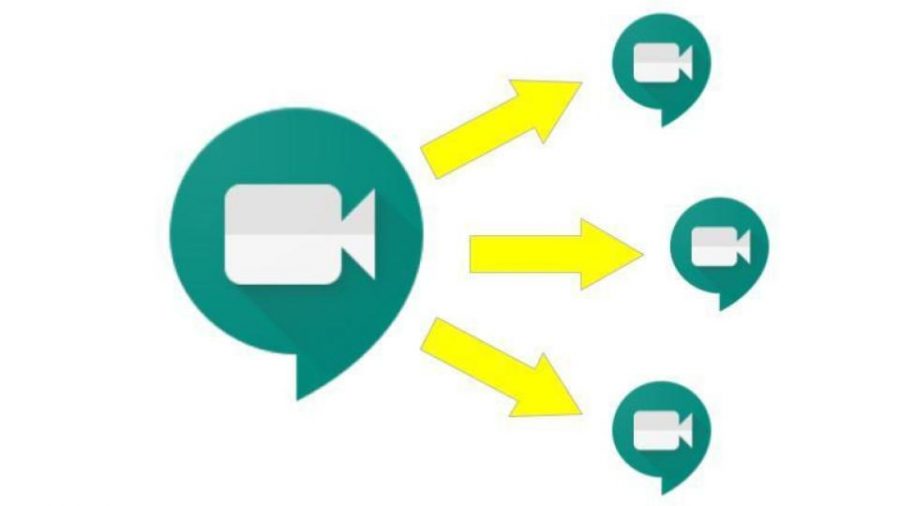How effective are breakout rooms?
Teachers split the main call into many smaller meets.
January 14, 2021
With Covid taking over the world, schools have been moved to electronic learning for close to a year. Breakout rooms, which started in FCPS in November, can be beneficial for teachers and students–but aren’t a perfect solution without lots of effort. While teachers and students are becoming more accustomed to virtual learning, there is still so much to manage every day.
Some teachers use Google Slide or Pear Decks to keep students engaged, while others have designated class time to split up into group activities.
How effective are these breakout rooms? Some students find that having this time to work with help from their peers is beneficial. Others see this as a waste of time, or additional stress. Since teachers can’t easily switch from room to room to monitor students, how much learning can they actually see?
“I dread when my teachers tell us the class will be splitting into breakout rooms” said Iben Bravo, a sophomore at Patriot High School in Virginia. “A lot of the time no one else is talking, and it feels like I’m doing all the work for the group.”
Many students feel like breakout rooms are “not equal.” Half of the group is engaged, while the other seems to be in their own world. (World being literally at home ignoring what’s going on.)
This is not much different than when we were in person at school: before breakout rooms and Zoom calls, we had group projects where typically there were one or two students who seemed to carry the project, doing the majority of the work
Working in small randomized groups can cause additional stress–since these groups can sometimes include people you don’t know. This is especially problematic for freshmen or mixed grade classes. It can be uncomfortable and awkward to equally contribute. Teachers struggle setting up groups with specific people for breakout rooms, and this can contribute to wasted class time.
“I believe that while breakout rooms are a good solution in theory, unless teachers are very well acquainted with the software, it can be difficult to make the best use of class time,” said Mackenzie Berry, class of 2021.
“I also think it depends on the class in terms of level of engagement. For example, my journalism class is full of people who are familiar with one another and eager to strike up conversation, while my statistics class is sometimes uncomfortable as not everybody knows one another, and cameras are turned off more often than not,” said senior Mackenzie Berry.
There are also technical difficulties between students and teachers with these breakout rooms. Both students and teachers can get randomly kicked from their room. When attempting to join back into the Meet they are not placed back into their groups; instead, they are put back into the main room. Oftentimes communication in these situations can be difficult and waste valuable time. The teacher is in a breakout room and has no idea a student is waiting.
In order for breakout rooms to be more effective for everyone, teachers should assign groups that students can request, as opposed to “randomizing.” They could also assign a specific task to be completed instead of these breakout rooms being more of a general “work time.” This would give students an idea of what they should be working on. After the breakout rooms, teachers can review the assigned work and students can share their work.
Virtual learning may end for some with the beginning of hybrid, but most of us will be online for a while. What can we do to improve this problem?



